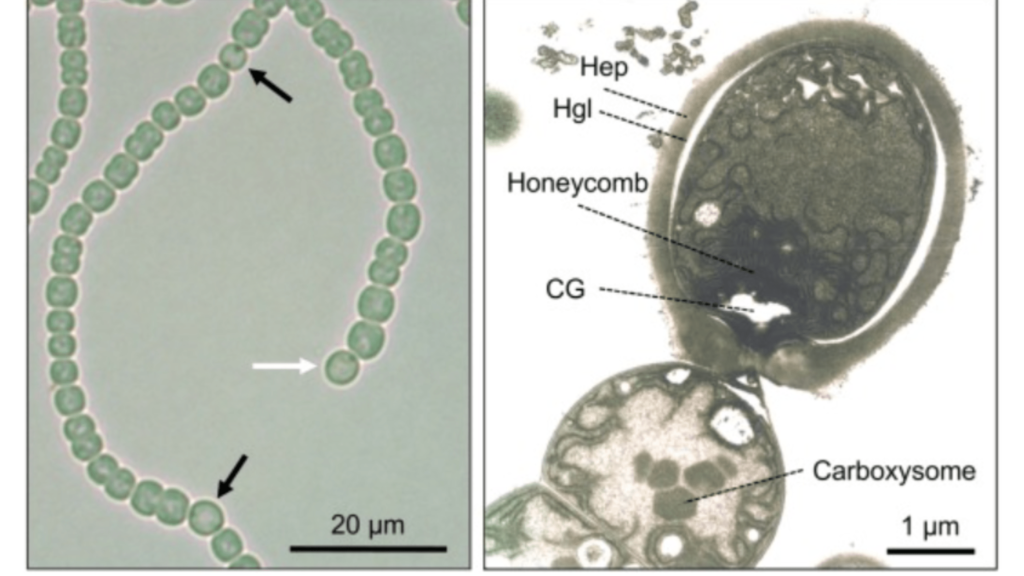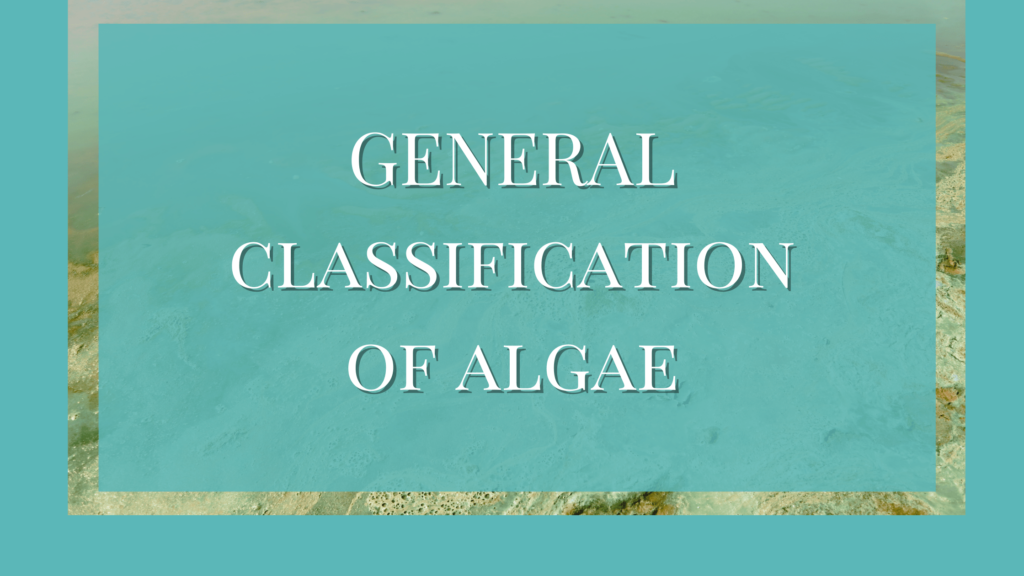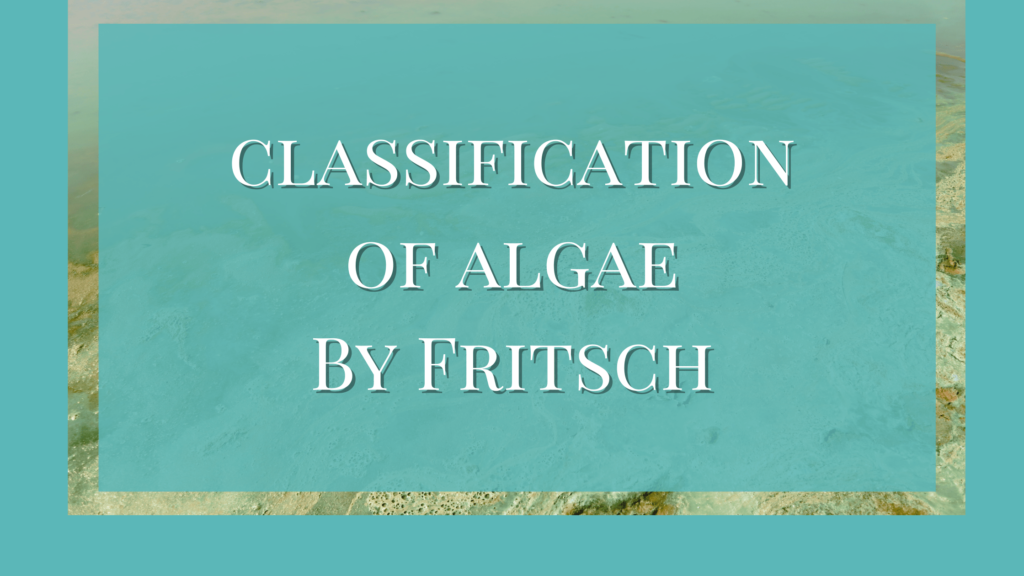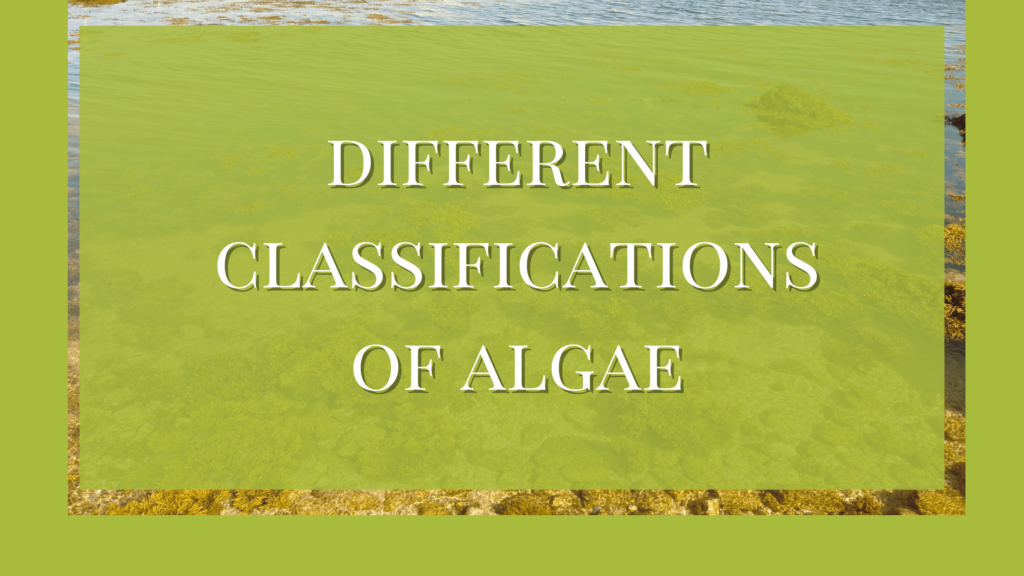Heterocysts are specialized cells found in blue-green algae, capable of fixing nitrogen from the air. These cells are formed in addition to the vegetative cells and are associated with vegetative reproduction during unfavorable conditions.
Heterocysts can be formed anywhere in the filamentous or branched algal body. It may be formed at the terminal ends or in between two vegetative cells. Here, we will see the structure of heterocyst and their functions.
What are Heterocysts?
Heterocysts are modified cells in algae that are capable of nitrogen-fixing. They lack photosynthetic pigments (PSII) and are impermeable to oxygen. Heterocysts fix atmospheric nitrogen into ammonia. This ammonia is passed on to the neighboring vegetative cell where it h will be used for amino acid formation. The existing PSI produces ATP but no oxygen.
Structure of Heterocyst
- The structure of heterocysts shows that they exhibit cellular organization.
- On the two ends or poles, heterocysts have a pore each which will be plugged with a polar nodule.
- In the case of a terminal heterocyst, the pole with a nodule will be seen only at one end while the intercalary heterocysts have it on both poles.
- Heterocysts form protoplasmic connections with the vegetative cells on both ends.
- Their cell contents are homogenous.
- Heterocysts have a double-layered thick wall.
- The inner wall is made of non-cellulose polysaccharides while the outer layer is made of pectin.
- There are a few ribosomes inside the cell wall but no other granular inclusions.
- Phycocyanins are present in low concentrations or are completely absent.
- Heterocysts in Anabaena contain chlorophyll a, allophycocyanin and c-phycocyanin in negligible amounts, or are completely absent.
- They contain pigments such as chlorophyll a and carotenoids.
- Due to the low concentration of pigments inside, the heterocyst cells appear empty.
- Apart from the pigments, there also are DNA, and lipids – acyl lipid and flucolipid, which are absent in normal vegetative cells.
Development of Heterocyst
Heterocysts usually develop from a newly divided daughter cell. The cone that develops into a heterocyst is called a protoheterocyst. On rare occasions, both the daughter cells develop into heterocysts.
Formation of the Inner Layer of Heterocyst
- The cell contents of the protoheterocyst become uniform and becomes paler.
- The end walls of the cells become rounded while the constriction between this cell and its adjacent cell deepens.
- An outer layer of non-cellulose polysaccharide layer is formed.
- One or both poles form a pore on this new layer.
- The cell develops cytoplasmic connections through this layer, with the neighboring cells.
- These pores get filled with mucilage on maturity.
- Due to the mucilaginous content, the pores appear to have shiny nodules.
- The cell contents will then be homogenous by losing the photosynthetic pigments.
Formation of Three-layered Outer Envelope
- As the protoheterocyst increases in size, an outer fibrous layer is formed outside the inner wall.
- An intermediate homogenous structure is formed under the fibrous layer.
- Later, a laminate layer is formed.
- Both the fibrous and laminate layers thicken around the pore to form a neck-like channel for communication with the vegetative cells.
- As the heterocyst matures, the pore is plugged by the polar nodule.
Changes in the Ground Substances
- Cellular materials migrate to the poles.
- Cyanophycin granules and polyhedral bodies are reduced and gradually disappear as the heterocyst matures.
- Ribosomes will be in reduced numbers.
- Thylakoids reorient themselves and the lamellae contort to appear as a honeycomb or lattice near the pole around the polar nodule.
- A fully developed heterocyst has small lamellae-free patches.
- All these changes make the ground substances appear homogenous.

Factors That Control Heterocyst Formation
- Light activates various enzymes required for heterocyst formation.
- Red light promotes differentiation and causes maximum heterocyst formation, as seen in Anabaena doliolum.
- Heterocyst formation increases with low light intensity and increased phosphate availability.
- At least 6 hrs of light exposure is necessary for heterocyst formation initiation.
- The other two crucial factors are the availability of carbon intermediates and ATP.
- Wall formation of heterocysts depends on photosynthesis.
- Blue-green light inhibits heterocyst formation.
- Lack of carbon dioxide inhibits heterocyst formation.
- The concentration of nitrogen above the optimal level inhibits heterocyst formation.
- At the same time, this optimal level is different for different species of algae.
- In a culture medium that lacks nitrogen, heterocyst formation occurs normally.
- Nitrogen gas induces heterocyst but combined nitrogen inhibits differentiation.
- It is also found that heterocyst differentiation is genetically controlled by the various factors that affect their phenotypic conditions.
Function of Heterocyst
- There is no single view widely accepted by all phycologists. Instead, there are different views regarding the function of heterocysts.
- In 1903, Brand found that they are spore-like or sporangial in appearance and function as an asexual mode of reproduction.
- They are considered to be storehouses of reserve materials.
- Some say that heterocysts help separate the trichomes into small sections called hormogones.
- This is why trichomes with heterocysts are weak and easily separated.
- Heterocysts are considered to be vestigial spores which can germinate into a new plant in exceptional cases.
- During the vegetative period, heterocysts secrete growth-stimulating substances and aid in cell divisions.
- It is also believed to secrete other substances that control the development of the alga.
- Wolk in 1965, suggested that the presence of heterocyst is a mechanism to survive unfavorable periods of nitrogen deficiency.
- Heterocyst is believed to play an important role in sporulation of Anabaena cylindrica.
- They are found to be the site of nitrogen fixation.
- The secondary function of heterocysts is believed to promote the growth of akinetes next to them.
- Secretions from heterocysts will promote akinete formation during reproduction.
Physiological Functions of Heterocysts
- In 1970, Stewart suggested the physiological functions of heterocysts. They are,
- Control of sporulation
- Growth and differentiation
- Involvement in nitrogen metabolism and fixation
- Archaic reproductive units
References
Flores, E., Picossi, S., Valladares, A., & Herrero, A. (2019). Transcriptional regulation of development in heterocyst-forming cyanobacteria. Biochimica et Biophysica Acta (BBA) – Gene Regulatory Mechanisms, 1862(7), 673-684. https://doi.org/10.1016/j.bbagrm.2018.04.006



